I did some quick math on how many storytimes I’ve hosted in my time as a children’s library worker (best day job ever for a kid lit enthusiast) - it’s about 185. With two books per storytime, that makes roughly 370 picture books that I’ve read out loud to children- probably what the average parent reads in about a week. I’m kidding, mostly.
When I first started reading out loud for kids, I was doing it completely online in a newly post-lockdown world. Our library had just reopened to the public, but we had no idea when it would be safe for tiny immune systems to gather in one room to hear a story together. I was doing storytime in a digital cone of silence, with no way to know which books my students would enjoy.
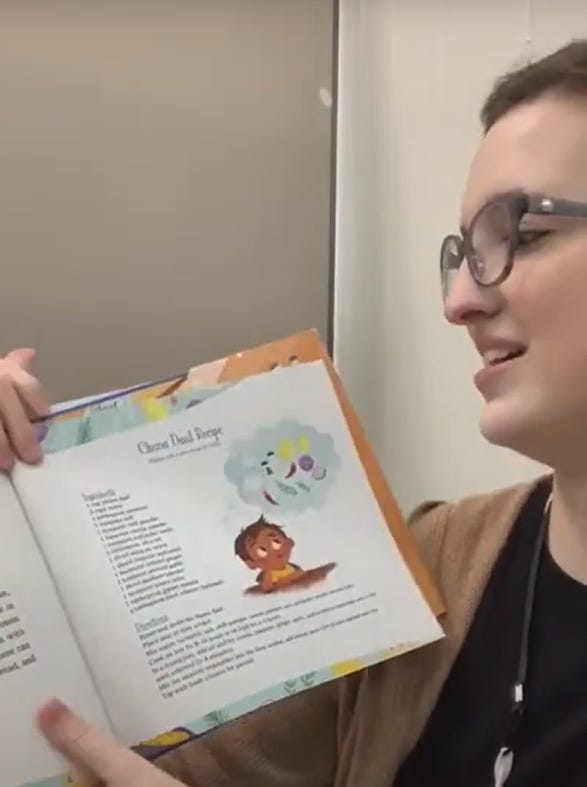
Eventually, I got to stop reading at my phone camera and start reading with actual preschoolers. As I got my storytelling groove, I started to learn tools to grab onto the wandering attention of my audience, who average between 2 and 3 years of age. I’m going to list a few here, both for my past self to see how much I’ve grown, and for my current self as an author/illustrator, so I can remember to add interactivity and play into the books I make. I hope they will be useful to you, too!
Okay, 5 ways to make a picture book interactive:
1. Give kids a line
Assigning a line of the text to kids gives them the ability to participate in the story. Many picture books have repeated words or phrases that run through the text. When I choose one of these books for storytime, I tell kids to watch for my signal (usually pointing to the audience), and we shout out the word or phrase together. This subtly coaches kids to listen to patterns in the story as it builds towards their key phrase.
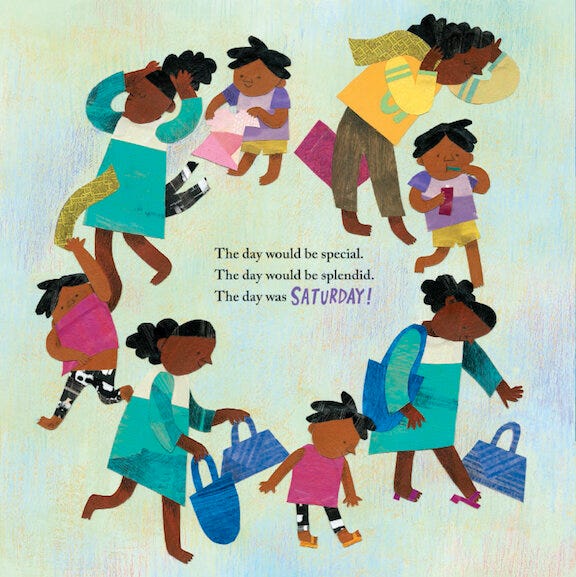

2. Ask concept questions
Preschoolers are beginning to learn basic concepts like time, opposites, numbers, shapes, and colors, and they’re super excited to show off their knowledge. While pre-reading a book for storytime, I’ll consider a few concept questions with short answers that I can ask during the reading. Here are some examples:
“On this page, the ground is covered with snow. What time of year is it?”
“There’s a dog over here. What sound does a dog make?” (Animal sounds are always a HUGE hit)
“There are a lot of cars on this page. Let’s count them together.”

In addition to helping kids stay engaged with a book, simple questions can be a great opportunity to practice hand-raising and contributing to a group conversation. Maybe I’m channeling Hermione Granger, but I always got a positive rush from raising my hand in class and getting the right answer.
3. Ask plot questions

It always delights me when kids (and their grown-ups!) speculate about what’s going to happen next in a book. I try to keep my plot-related questions super specific- “Who is making the knights disappear?” “Will Bob eat the birds or set them free?” and “What happened to Peter’s snowball?” are all questions with clear-cut answers (bonus points if you can name the book for that last one!). Even if someone guesses incorrectly, the fact that they’re invested in the story is a huge success.
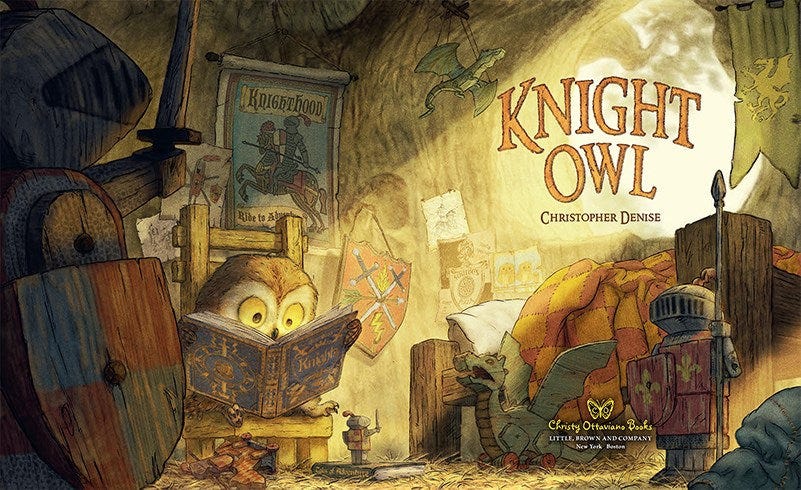
4. Create ambience with sound and movement
You can find an opportunity for this on pretty much any page of any picture book. Get creative with it- a tree on the page can prompt kids to stretch their arms like branches. The wind blowing in the text is a great time for everyone to go “whooosh!”. A character searching for something can be a moment where everyone looks left, right, up, and down in sync. If I notice kids wandering off or talking over me, a coordinated sound or movement is a good way to reel them back into the story.
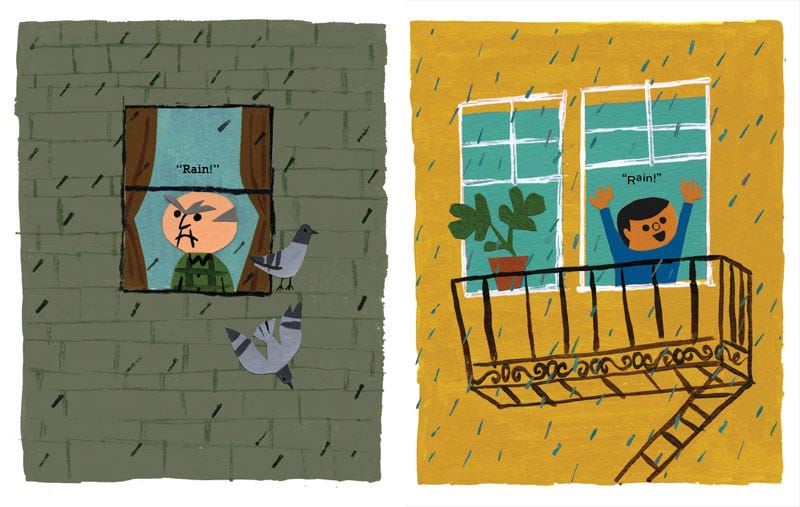
5. Add in music
More and more picture books are featuring songs as part of the text- Jane Cabrera has an amazing catalog of these! I like to feature “sung storybooks” as the second book of the day, when everyone’s energy is getting low (30 minutes is a long time when you’re two!). Familiar music is an framework that we can lean on to finish storytime strong.
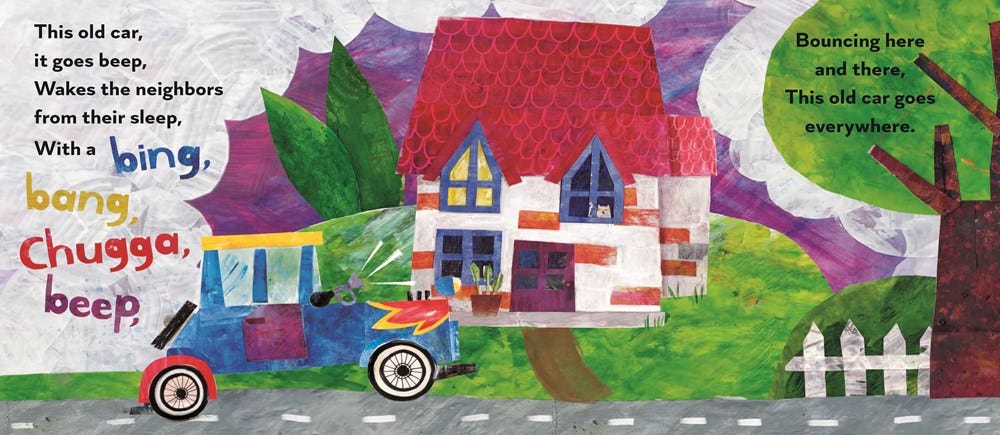
If you’re a parent or educator, what do you do to keep kids interested in a picture book? As a writer or an artist, how do you think we could put more opportunities for interactive play into our work? For further reading, I highly recommend checking out the work of Tom Fletcher, Claudia Rueda, and Christie Matheson for books with a high emphasis on child participation.





I thought I commented on this... Where did it go? Maybe I dreamed it.
Anyway, I wanted to say that this is really helpful! I'm going to be telling Bible stories to children every other Friday starting in September, and these ones are notoriously bad at sitting quietly. So I'll be implementing these tips!
Love how u gave kids a word or line to read great idea!! 💜